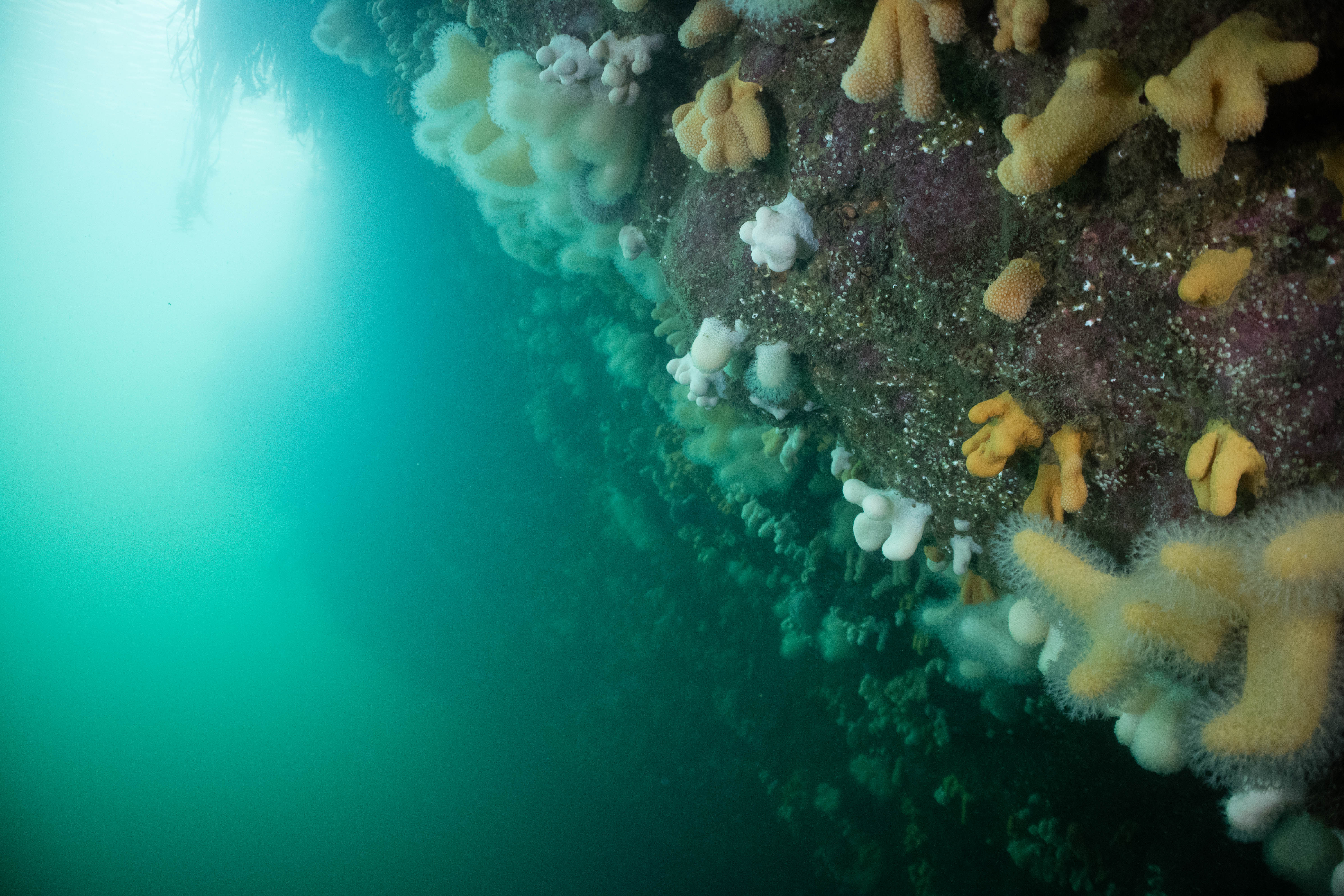Dissertation
Ecological studies of the flame shell (Limaria hians) focusing on habitat restoration.
Abstract
The flame shell, Limaria hians (L. hians) is a reef forming bivalve mollusc of conservation importance. These bivalves form biogenic reefs of byssus threads supporting highly diverse communities. Flame shell beds are considered a rare habitat and are almost exclusively distributed in shallow, sublittoral areas with high tidal flow on the west coast of Scotland. L. hians reefs were once more widely distributed and have seen recent decline which is thought to be due to anthropogenic factors. Substrate preference experiments were conducted which confirmed L. hians preference for rugose substrates (p < 0.05) observed by other researchers with a new balanced experimental design. The results also showed a preference for substrates containing L. hians byssus nest material (p < 0.05). Additional comparisons were conducted to confirm this preference for nest material. Between light coloured vs dark coloured substrates and biologically active vs non-biologically active substrates these were concluded to not affect the other comparisons. Nest building observations were conducted revealing much greater nest building activity at night (p < 0.01) and rapid rebuilding of the nest after disturbance with much of the basic structure rebuilt after 24 hours. Surveys carried out at Port Appin revealed likely further decline of the bed since the last surveys conducted in 2017. Samples were also collected from a location which had not previously been sampled at the North of the port Appin bed. These animals were used in the laboratory experiments and for a size frequency. The size frequency showed similar results to those from animals collected in The Shian bed in 2006/7 and differed from previous Appin surveys.
My honors project focused on the biology of flame shells with regard to potential habitat restoration efforts and added to data showing a continued decline in the Port Appin flame shell bed.
Flame shells are 3-4cm bivalves of the family Limidae. They get their common name from their bright orange palial tentacles
Another part of my dissertation was nest rebuilding observations at night using a raspberry pi based camera system to record long timelapses during the day and night using the Pi NOIR camera and an infrared light. Footage bellow. This work is being continued by Kieran Tulbure, a PhD candidate at Heriot-Watt University. A sepereate write up for these experements can be found here.
I also ran trials of feeding rate experiments however these were cut from the final project due to time restrictions and the fact that the feeding experiments didn’t fit in with the rest of the project goals.

